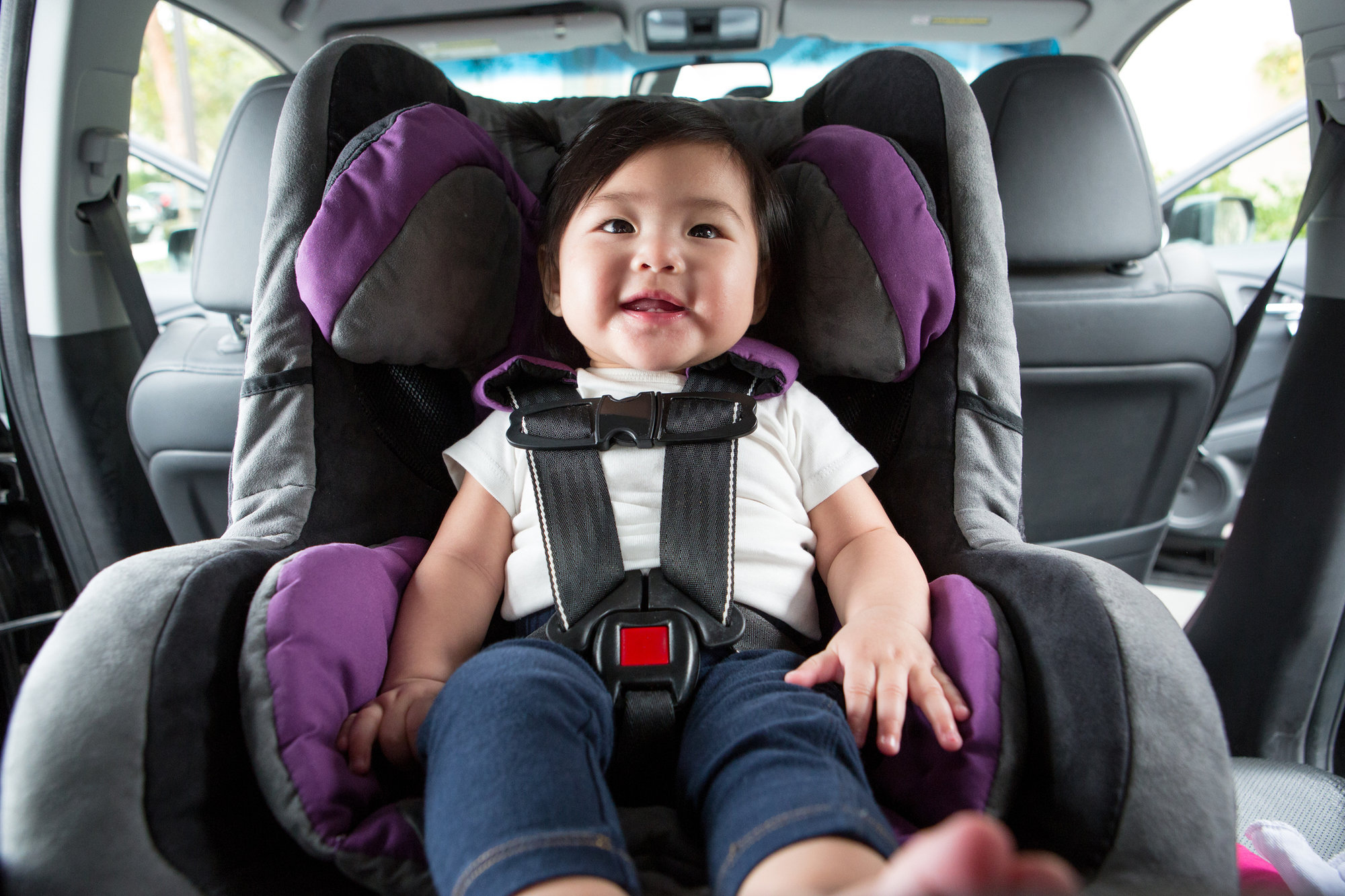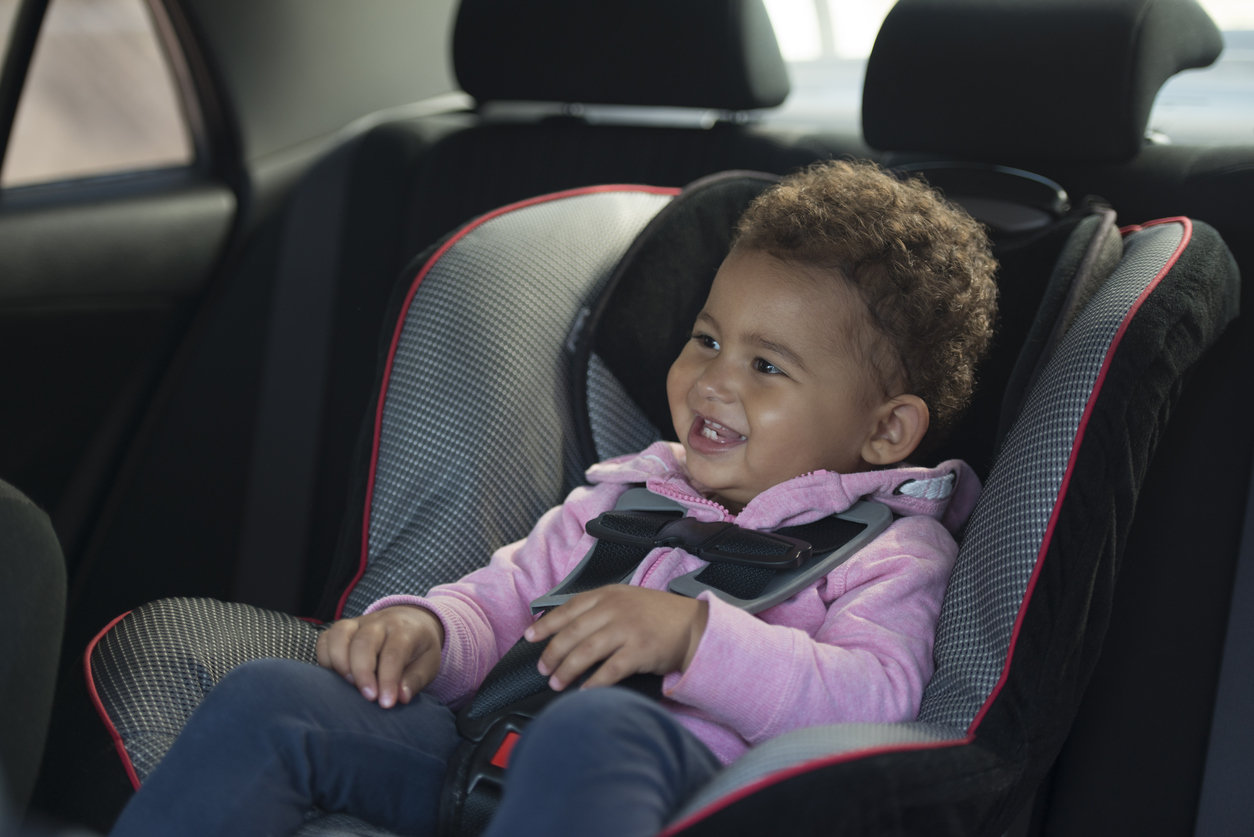Dr. Benjamin Hoffman, chairman of the AAP Council on Injury, Violence and Poison Prevention, told CafeMom in an earlier article about the change: “Most kids at 4 would be able to [use a rear-facing car seat] within the weight and height limits of most of the convertible car seats that are on the market.” “We didn’t have car seats when I was a kid and I survived.” “My kid doesn’t like rear-facing.” “What if you get rear-ended?” A toddler facing forward during a crash risks internal decapitation. In fact, just last year a mom shared her story after she turned her daughter forward-facing at age 2 — the recommendation at the time — and her daughter narrowly survived being internally decapitated in an accident. Accidents like those are a part of the reason why the updated guidelines stress that paying attention to size and development is more important than age. As the above photo by Car Seats for the Littles shows, many seats — such as the Graco Extend2Fit — are now made to accommodate growing legs. But, even if a kid sits with legs up, folded like a pretzel, or with legs out to the side, they aren’t likely to be at a greater risk for leg injuries. Still not convinced? The Car Seat Lady also made a video showing 90 different kids of all different heights and sizes, all comfortably rear-facing. What if you’re rear-ended? Julie Mansfield, research engineer at Ohio State College of Medicine’s Injury Biomechanics Research Center, notes that even in rear crashes, rear-facing is still the best option for absorbing the impact of the crash and mitigating the risks to a child. Car seat guidelines are not about mommy shaming; they’re about keeping our babies safe. Hoffman, the policy statement lead author for the new car seat guidelines, told the Chicago Tribune, “Car crashes are a leading cause of death for children, claiming four kids under age 14 every day during the last 10 years.” Four innocent kids lost per day for 10 years. But using the right car seat — and using it the right way — can cut the risk of death by 70 percent. The thing with car seat safety is that it’s not a matter of opinion, of personal choice, or even of comfort, though of course we all want our kids to be comfortable. But car seat guidelines exist because they save lives. We can all say “you do you” and believe that we’re extra safe drivers who will never ever get into an accident, but the fact is that any one of us could step out for a quick run to Target tomorrow and get t-boned by a drunk driver. As parents, we should be figuring out how to help people with limited funds access safe car seats, how to increase awareness about guidelines and state laws, and how we can make the roads safer for everyone, but we should not still be debating whether or not car seat safety matters, because it does. We can’t always control whether or not we get into an accident, but we can control whether or not we heed the advice of medical professionals who are trying to keep our kids safe.






